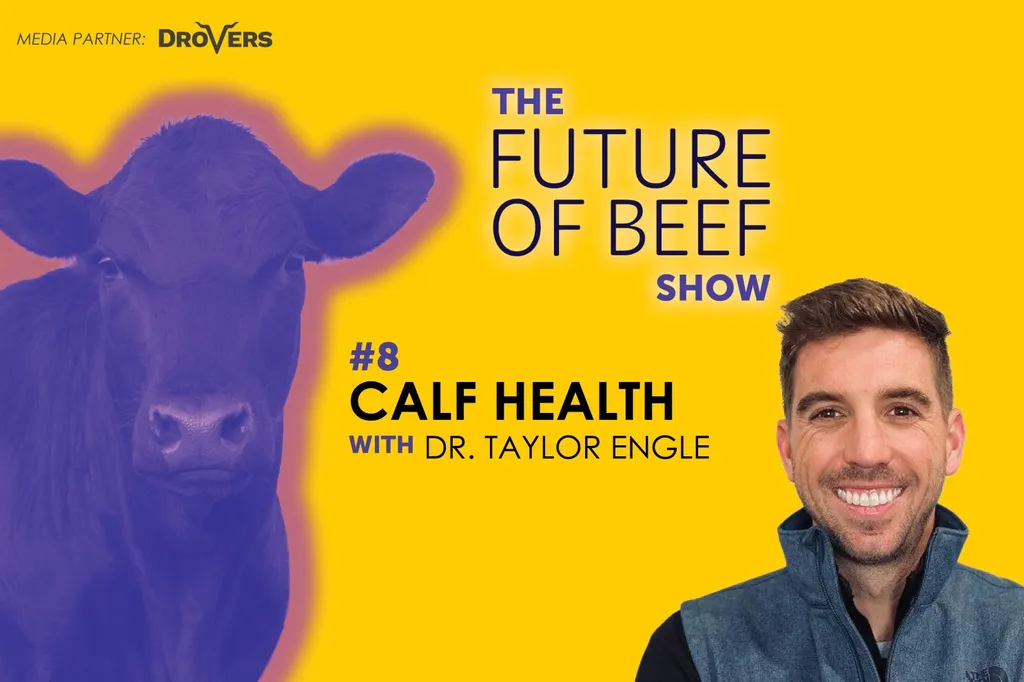In the quest to enhance livestock productivity and health, researchers have turned to nature’s bounty, exploring the potential of plant extracts as feed additives. A recent study published in *Frontiers in Veterinary Science* has shed light on the promising effects of Euphorbia humifusa extract (EHE) on the growth performance and serum biomarkers of preweaned calves. This research, led by Chuntao Zhang from the Key Laboratory of Feed Biotechnology of Ministry of Agriculture and Rural Affairs at the Feed Research Institute of Chinese Academy of Agricultural Sciences, Beijing, China, offers insights that could reshape the agricultural sector’s approach to livestock rearing.
The study focused on the critical juvenile rearing phase of calves, a period that significantly influences their adult productive performance. Forty-eight newborn calves were divided into four groups and fed milk replacers supplemented with varying doses of EHE. The results were compelling: calves receiving the highest dose of EHE exhibited a notable increase in average daily gain (ADG) and dry matter intake (DMI), demonstrating a clear dose-dependent response.
“Our findings suggest that EHE supplementation can significantly enhance growth performance in preweaned calves,” Zhang explained. “This is particularly evident in the increased ADG and DMI, which are crucial indicators of overall health and productivity.”
Beyond growth metrics, the study delved into the biochemical impacts of EHE. Serum analysis revealed that superoxide dismutase (SOD) activity, a key antioxidant enzyme, was significantly elevated in the group receiving the highest dose of EHE. This suggests that EHE may play a role in regulating oxidative stress, a factor that can profoundly impact animal health and productivity.
Network pharmacology, a cutting-edge approach that integrates computational predictions with experimental data, was employed to identify potential antioxidant targets of EHE. The study pinpointed 150 potential targets, primarily enriched in pathways associated with cancer, hepatic injury, apoptosis, and viral infection. This indicates that EHE may exert immune-modulatory effects, interacting with key targets such as IL6, TP53, MAPK1, AKT1, TNF, BCL2, and ESR1.
The commercial implications of these findings are substantial. As the agricultural sector seeks sustainable and effective ways to enhance livestock productivity, plant extracts like EHE offer a promising alternative to traditional feed additives. The potential to improve growth performance and regulate oxidative stress could translate into significant economic benefits for farmers, while also promoting animal welfare.
“This research opens up new avenues for the use of plant extracts in animal nutrition,” Zhang noted. “It highlights the potential of EHE as a valuable feed additive that can enhance growth performance and overall health in preweaned calves.”
The study’s findings not only contribute to our understanding of the benefits of EHE but also pave the way for future research into the use of plant extracts in animal nutrition. As the agricultural sector continues to evolve, the integration of innovative technologies and natural solutions will be crucial in meeting the growing demand for sustainable and efficient livestock production.
In the words of Zhang, “The future of animal nutrition lies in harnessing the power of nature, and our research is just the beginning of this exciting journey.”

